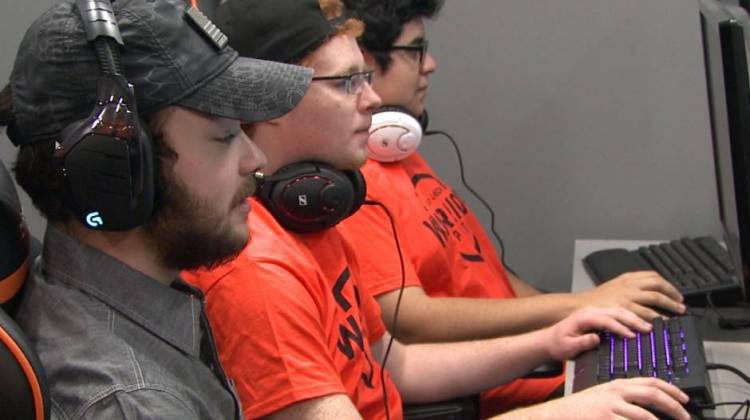
Indiana Tech added its varsity esports program at the beginning of the 2017-2018 school year.
Steve Burns/WTIUThe competitive video game industry, known as esports, is booming. As it continues to surpass growth projections, some college athletics programs are jumping on board while others hold out.
The Indiana Institute of Technology added its varsity esports program at the beginning of this school year. Head Coach Geoffrey Wright says the school is even offering partial scholarships to recruits.
“We have several students from California, some from Texas,” he says. “I’m from Georgia. It’s a melting pot. Because it is so new, a lot of people are jumping on this opportunity as it becomes a new phase in sports at the college level.”
Most of the players focus on a game called League of Legends. Player Logan Fisher explains it as simply as he can.
“You take 10 people, five on each team,” Fisher says. “And whoever knocks down the other person’s base first wins.”
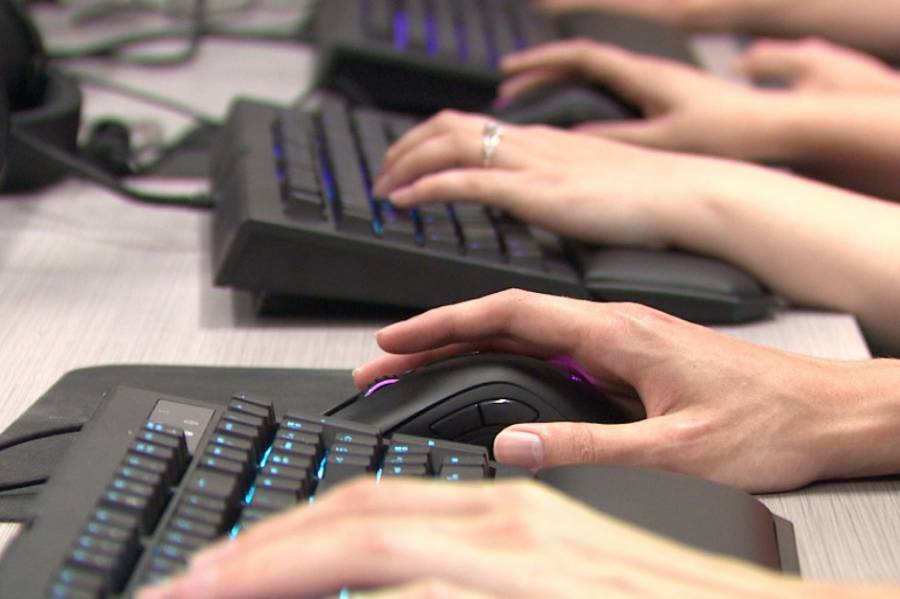
Indiana Tech players say learning new moves takes practice, just like any other sport. Photo: Steve Burns
Their fingers move at high speeds. For Sophomore Daniel Kellogg, that comes rather easy because he plays piano. But learning new moves takes practice, just like any other sport.
“Let’s say I got to press this key and that key at the same time, it takes about three months to get used to because you naturally want to do something else, like flex your fingers differently,” Kellogg says.
Competitive gaming is spreading like wildfire, even at the collegiate level. According to Newzoo’s projections, it will be a $1.5 billion industry by the year 2020.
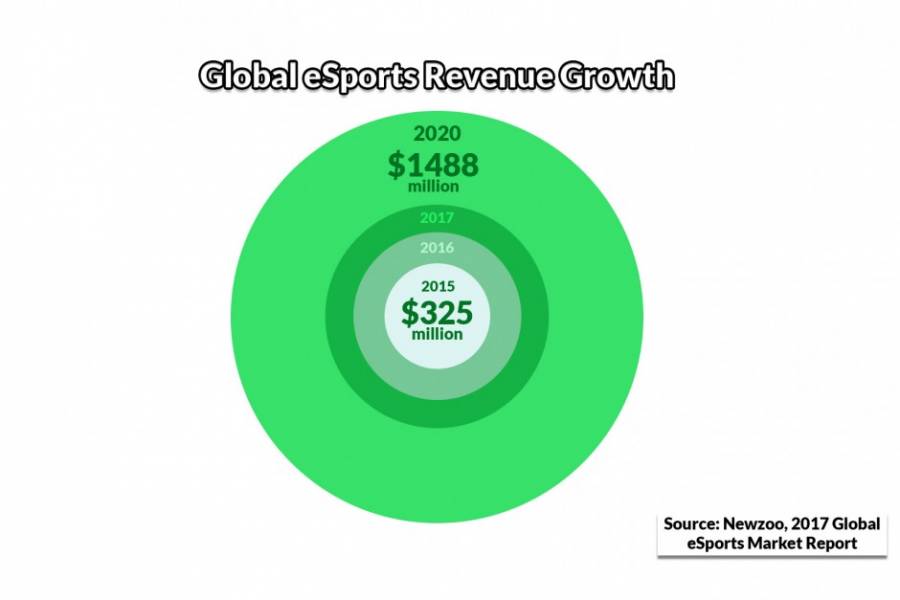
Officials say the industry growth doesn't appear to be slowing down. Graphic: Zach Herndon
The National Association of Collegiate Esports, which oversees more than 90 percent of varsity esports teams in the U.S. and Canada, has grown from overseeing seven programs to 53 in just a year and a half.
“And these schools are all different sizes, different types. Some of them are huge state programs, some of them are small private schools,” says Executive Director Michael Brooks. “Some are schools that have never had an athletics program at all.”
Despite the growing popularity, Brooks says esports is often described as the “wild, wild west.” It’s a broad activity and he says it’s difficult to organize. Change is coming, but slowly.
“It’s really elevating collegiate competition from what the club level is, which could be a group of five friends who get together and form a team and compete on behalf of their school, to really looking at an organized and resourced group to compete at the highest level for their institution,” Brooks says.
Brooks says as more institutions get on board, naturally, more resources follow. But one of the snags teams face is university administrators.
That’s the challenge the Indiana University Gaming Club in Bloomington is up against.
The group practices once or twice a week and usually at home, because they don’t have a dedicated place to play. They play against other Midwestern schools.
A lot of the players received a small scholarship last year through a Big Ten tournament. But Coach Jon Mundle says having IU’s support, including the use of its logo and funding provisions, would be a game changer.
Mundle says he doesn’t expect the kind of resources Indiana Tech has. At this point he’d just like administrators to be more open to a conversation about esports.
The future looks promising. Industry leaders, like Indiana Tech’s head coach, say the growth speaks for itself.
“It’s just going to be a very typical thing within the next five years,” Wright says.
The NACE estimates nearly 70 more schools will become member institutions with varsity teams by this summer.
 DONATE
DONATE



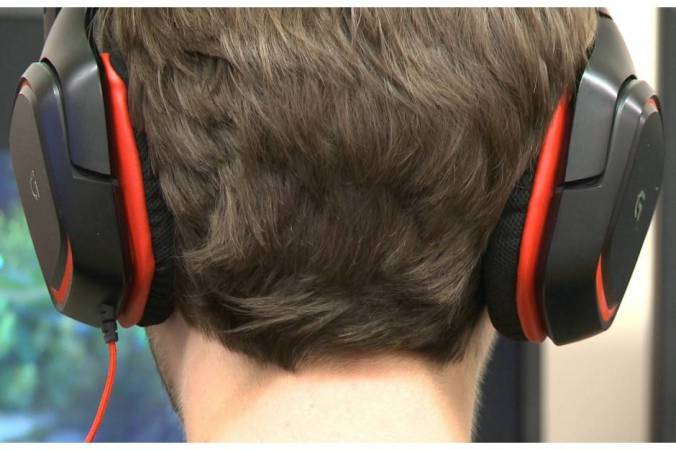
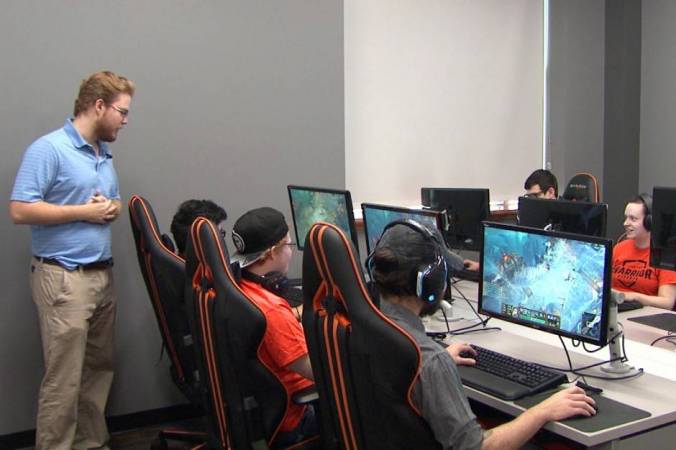
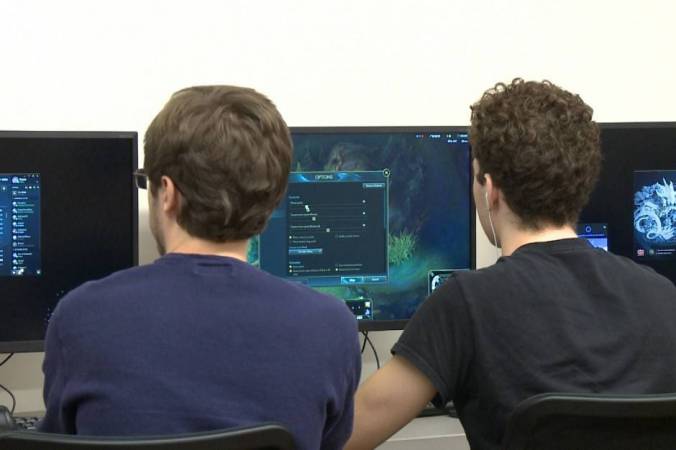
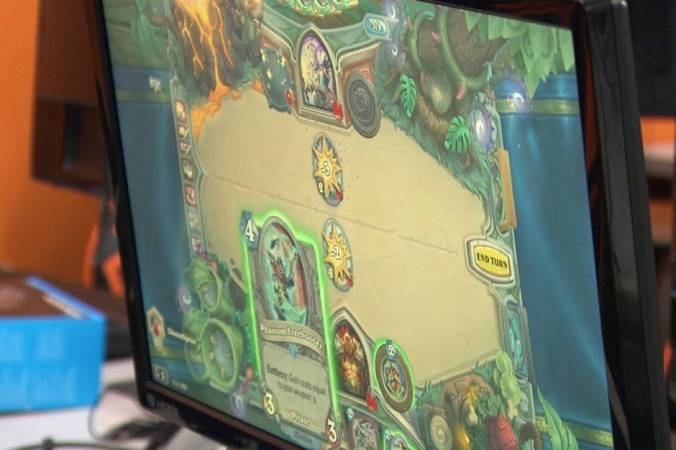

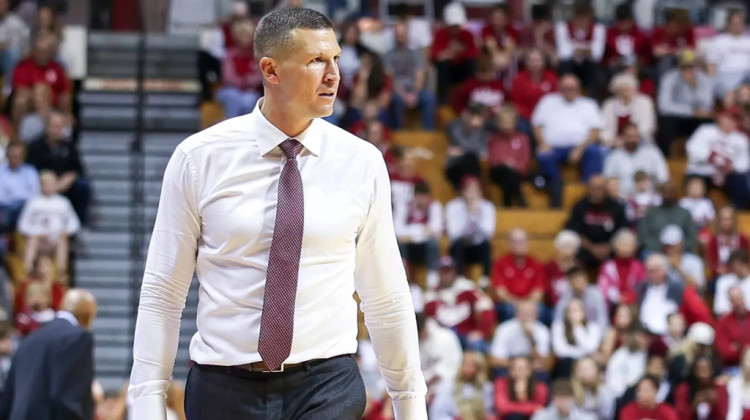
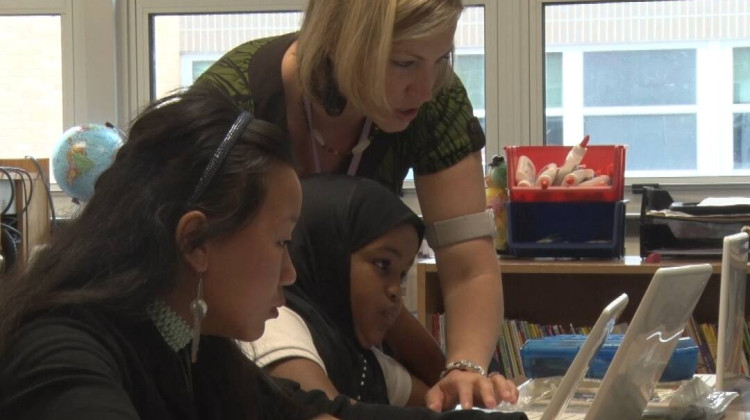
 View More Articles
View More Articles



 Support WFYI. We can't do it without you.
Support WFYI. We can't do it without you.